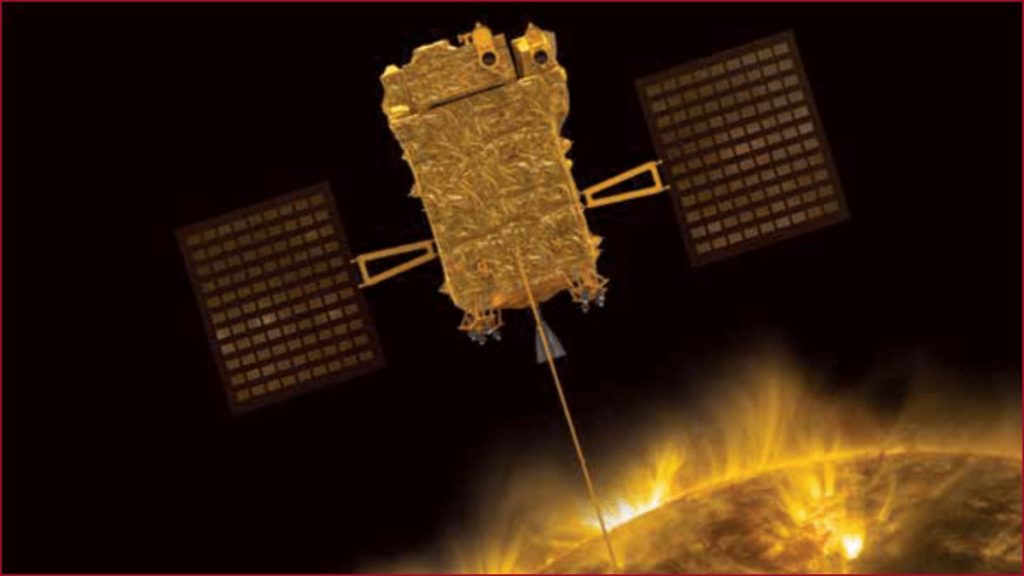New Delhi: After the successful landing of Chandrayaan 3, India is ready for its next mission. The Indian Space and Research Organisation has announced the launch of its next big project Aditya L1, India’s first solar mission that is set to revolutionise the understanding of the Sun’s dynamics and space weather. India will launch its first-ever solar mission on September 2 this year. According to ISRO, the Aditya L1 mission is the first space-based observatory class mission that is being launched to study the Sun’s dynamics.
🚀PSLV-C57/🛰️Aditya-L1 Mission:
The launch of Aditya-L1,
the first space-based Indian observatory to study the Sun ☀️, is scheduled for
🗓️September 2, 2023, at
🕛11:50 Hrs. IST from Sriharikota.Citizens are invited to witness the launch from the Launch View Gallery at… pic.twitter.com/bjhM5mZNrx
— ISRO (@isro) August 28, 2023
According to ISRO, the spacecraft will be first placed on the Lower Earth Orbit, subsequently, the orbit will be made more elliptical, and later the spacecraft will be launched towards Lagrange point (L1) using onboard propulsion. As the spacecraft will travel towards the L1, it will exit the gravitational sphere of Earth. After leaving Earth’s gravitational sphere the cruise phase will start and the spacecraft will be injected into a large halo orbit around L1. The total time of four months would be taken by Aditya L1 from Launch to reaching the L1 point.
PSLV-C57/Aditya-L1 Mission:
The preparations for the launch are progressing.The Launch Rehearsal – Vehicle Internal Checks are completed.
Images and Media Registration Link https://t.co/V44U6X2L76 #AdityaL1 pic.twitter.com/jRqdo9E6oM
— ISRO (@isro) August 30, 2023
Aditya L1nission will be carried out using a PSLV-C57 rocket from the Sriharikota Launch Pad. The halo orbit around Lagrange point is approx 1.5 milllion km away from the Emillionarth and will take about four months to reach there.
What is Lagrange Points
Lagrange points are the positions in the space where a small object tends to stay, if put there. These points in space are used by the spacecraft to remain at these positions for the two body system like Sun and the Earth. At the Lagrange point the gravitational pull of two large bodies is equal to the centripetal force required by the small object to move with them. There are five Lagrange point denoted by L1, L2 ,L3, L4, and L5 for any two body gravitational system.

